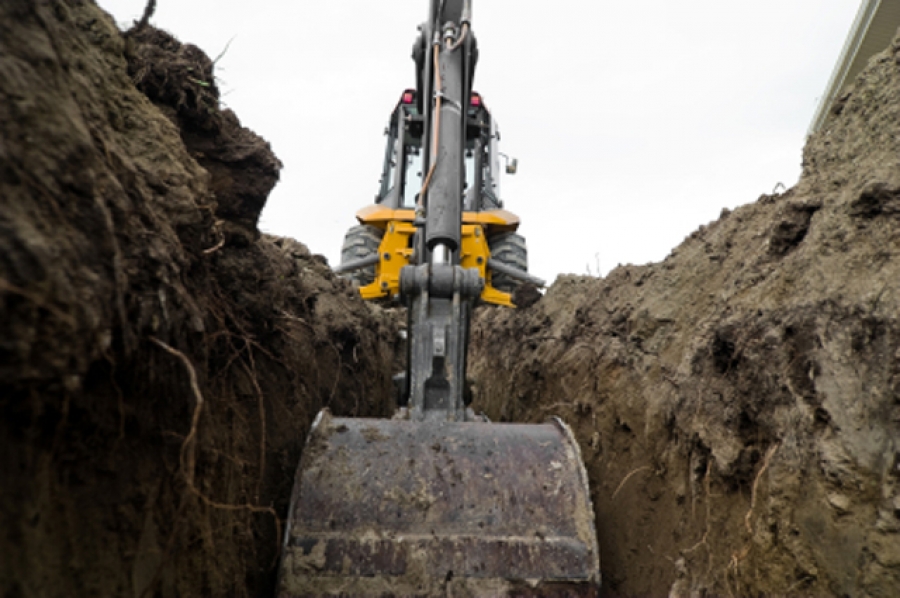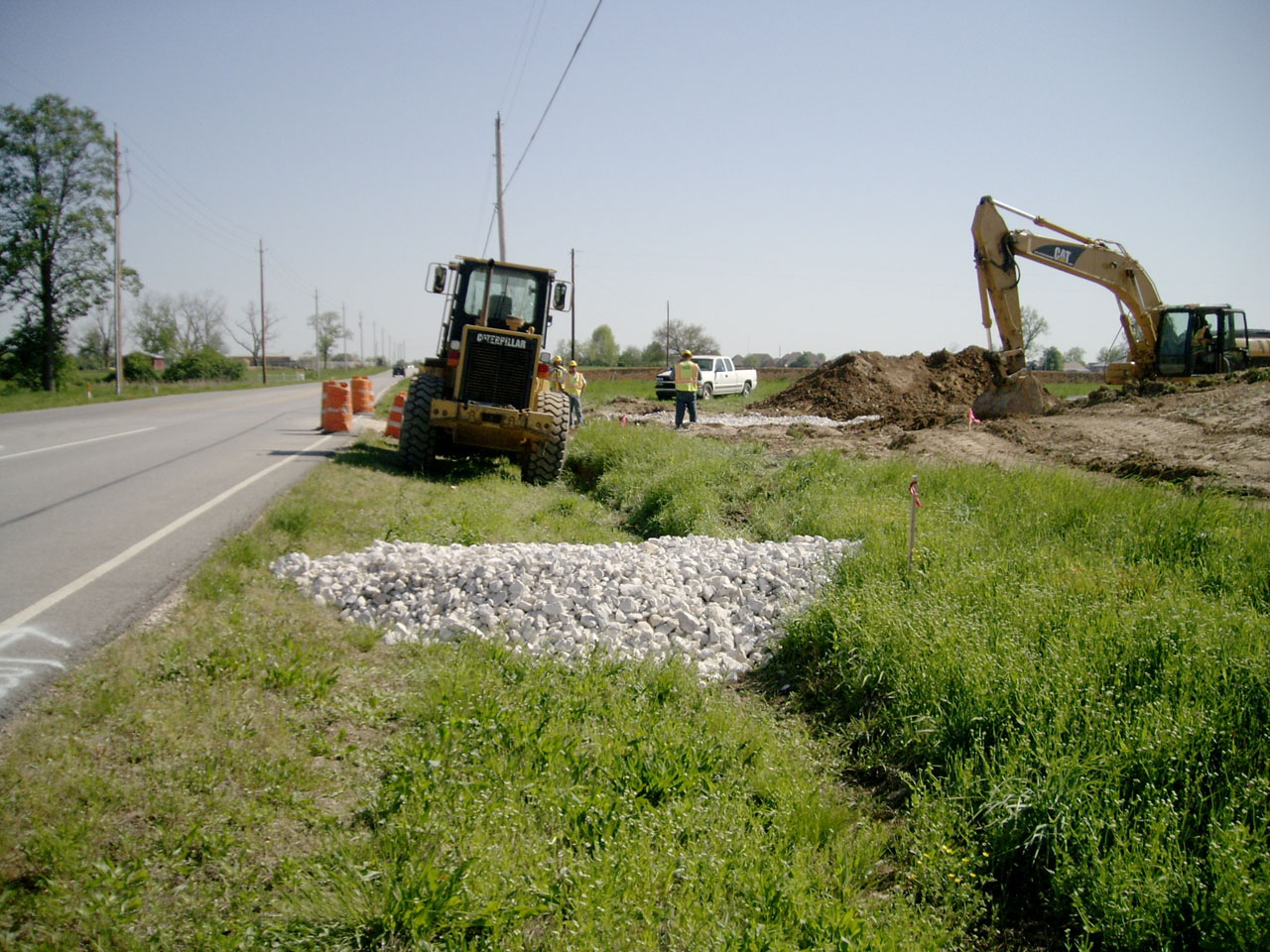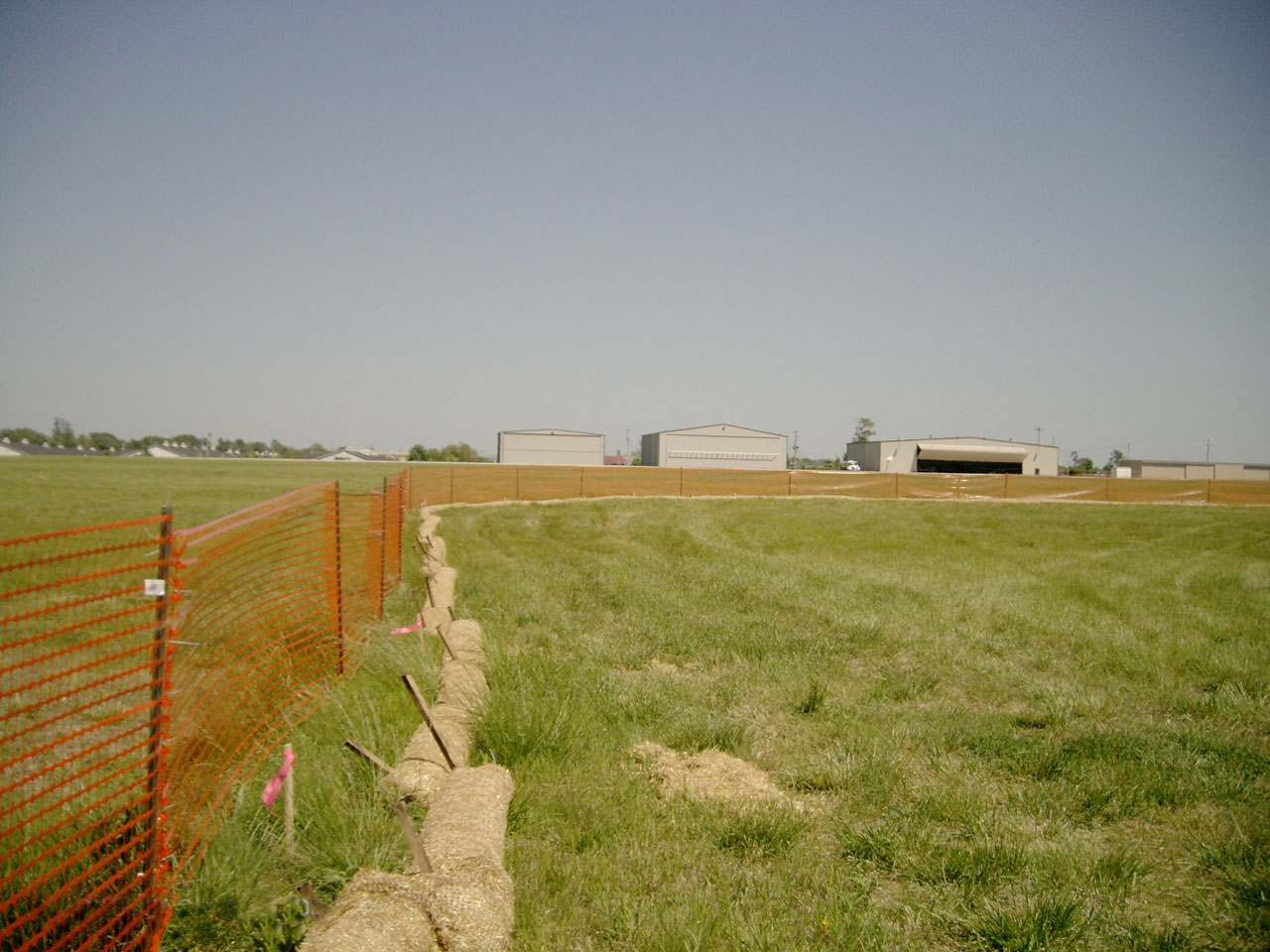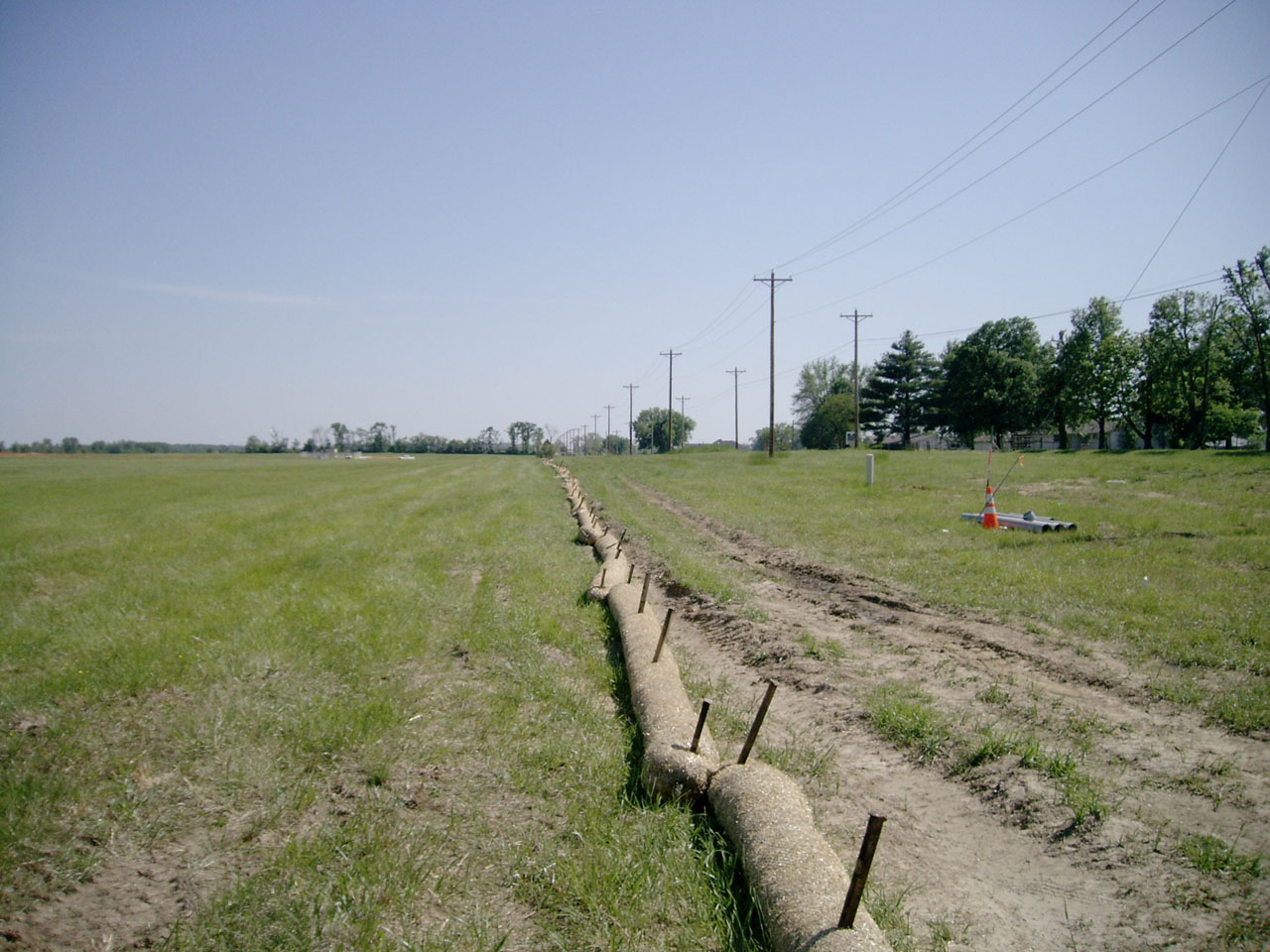Erosion Control Grows Up
When I began my career in the engineering/construction industry 37 years ago, erosion from construction sites was never a stated concern. None of the huge water treatment plants and wastewater treatment plants I designed had any provisions for preventing erosion or controlling sediment. The streams, lakes, and rivers downstream from my sites no doubt did a lot of natural “settling” and maybe “filtration.”

Over the years, we learned that erosion at construction sites and the movement of sediment away from them were huge problems. A construction site is a point source of pollution: the Environmental Protection Agency sought to curb this problem by enacting measures such as the Clean Water Act (CWA). Changes to the CWA, including revisions in 1987, gave rise to requirements in 1992 for controlling pollution in aquatic sediment, and an industry was born.
Well, not really. In 1972 a bunch of contractors got together in Portland, Oregon. Concerned about erosion at their construction sites, they shared what they knew and formed what would eventually become the International Erosion Control Association (IECA). Now found in 40 countries, the IECA has 3,000 members who are engaged in 17 different fields of related practice. The IECA is concerned with stopping erosion and cleaning up the polluted water that results from erosion. The construction site, along with permanent erosion control and stabilization of slopes and stream banks, is is a major focus of the IECA.
“Years ago we tried to overpower nature, rather than work with it. We’ve learned much through several decades." Jerry Sanders, Sanco Design, Inc.
A Long Time Coming
Jerry Sanders has been in the erosion control trenches for over 35 years. “I am an on-the-ground contractor. I dig the ditch,” Sanders says. President/CEO of Sanco Design, Inc. of Plano, Texas, and chairman of the IECA’s Professional Development Committee, Sanders has been much involved in permanent erosion control for stream stabilization. “Years ago we tried to overpower nature, rather than work with it. We’ve learned much through several decades,” Sanders says. As an example of overpowering nature, he cited the once common practice of constructing concrete channel bottoms and banks. “We straightened and hardened, thinking we were improving. We stabilized the banks, but at the cost of destroying vegetation and habitat. It was unhealthy.”
Stream stabilization design now involves plunge pools and wet bars and less intensive ways to increase bank soil strength. “These actually help stabilize the banks and reduce erosion,” Sanders says. “We can assist nature by giving it some structure.” When done correctly, stream stabilization benefits people, flora, and fauna: its results include stabilized banks, reduced erosion, protected habitat.
“I see projects where the specifications are just copied from a previous project, with no thought as to what is really needed for the project at hand. The same thing with the design. So often the designer has not given enough consideration to controlling erosion." Julie Etra, Western Botanical Services
At the construction site, this same growth in understanding how to control erosion has undergone similar advancement. “At first we tried to overdo structural mats. We covered disturbed areas with fabric, netting, rolls of material. Now we use mats that disappear with time and try not to overuse them. Polymer technology shows exceptional promise, though we will have to resist the temptation to overuse with it. We have learned that a vegetated buffer zone, even a narrow one, can often provide better protection than a temporary silt fence," Sanders says.

“I cringe at some of the things I’ve seen on construction sites,” says Julie Etra, president of Western Botanical Services in Reno, Nevada, and International Development Vice President for the IECA. An expert in re-vegetation, especially for public works projects, she has seen erosion control practice change much in her more than 25 years in the industry. “And those changes are not all for the better; in some ways they are much worse. We now know what to do at the job site to minimize erosion, but that knowledge doesn’t always find its way to those responsible for site disturbance and stabilization.” It’s not necessarily just contractors who are causing the problem. “I see projects where the specifications are just copied from a previous project, with no thought as to what is really needed for the project at hand. The same thing with the design. So often the designer has not given enough consideration to controlling erosion,” Etra says.
Informing the Conference, Working for Change
The IECA is only one part of the industry, but an important part. “We are primarily an educational group,” says Sanders. “Products, testing, research, processes, how to. We receive information from a wide variety of sources and put it out there for all to see and implement.” Jimmy Eanes, Educational Director for IECA, says that the group’s next conference, Environmental Connection 2012 in Las Vegas in February 2012 will have a change in focus. “We will be presenting more advanced classes and papers and case studies. We’ve done a good job in helping the industry sift through a mass of practices and figure out which will work, which won’t, which work best. Now we hope to provide hands-on instructions on how to properly implement those practices, both for the construction site and for permanent erosion control.” The IECA has actively solicited new courses for the pre-conference schedule, courses that will appeal to those who already know the basics and could stand to know more about how to implement them.


We’ve done a good job in helping the industry sift through a mass of practices and figure out which will work, which won’t, which work best. Now we hope to provide hands-on instructions on how to properly implement those practices, both for the construction site and for permanent erosion control." Jimmy Eanes, IECA
The 800-pound gorilla in the room is the EPA and changes to regulations. In December 2009 the EPA promulgated regulations to govern erosion and sediment from construction sites, to take effect in February 2010. This was done in response to a court action. Those regulations, to some extent, simply codified standard practice. However, the requirements to monitor and control turbidity in stormwater were new. The EPA was sued again, and those regulations are on hold. Meanwhile, the EPA has published a new draft of its Construction General Permit, which will fully implement the regulations once the legal issue is resolved, and is seeking comments on it. Until then, the industry is somewhat uncertain of exactly what will be required at some construction sites.
Better knowledge of what causes erosion and how to prevent it. Better use of natural processes to avoid erosion or remove sediment. Better attention to project design, detailing, and specifications. Better construction management and regulatory enforcement. All these have come a long way in the IECA's 40 years, which more or less parallels my career. A certification now exists (CPESC, Certified Professional for Erosion and Sediment Control) that demonstrates competence in this field. Several related certifications indicate related competencies. A significant amount of design time on any land-disturbing project will be devoted to the means and methods of controlling erosion and sediment.
The trend is toward more control over and more attention to erosion and sediment. More money is being spent for erosion control at construction sites than ever before. Efficient use of erosion and sediment controls, justifying the expenditure, is at hand. The industry has truly grown up.

David A. Todd
A senior engineer and corporate trainer of engineering for CEI Engineering Associates, Inc. David has 36 years of experience as a consulting civil engineer. His experience includes water, wastewater, stormwater, roads, and solid waste infrastructure. For much of the last 20 years he has been involved with stormwater issues. Specifications and construction administration have been a specialty of his within civil consulting engineering . He has BS and MS degrees in Civil Engineering, is a registered engineer in four states, and a Certified Professional in Erosion and Sediment Control.

